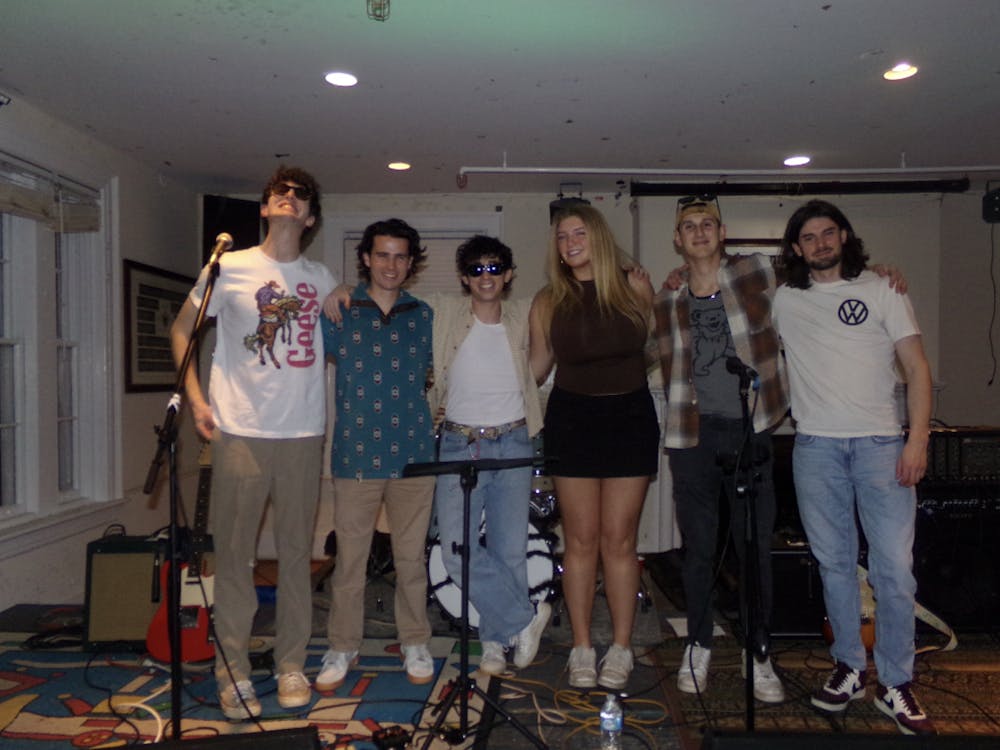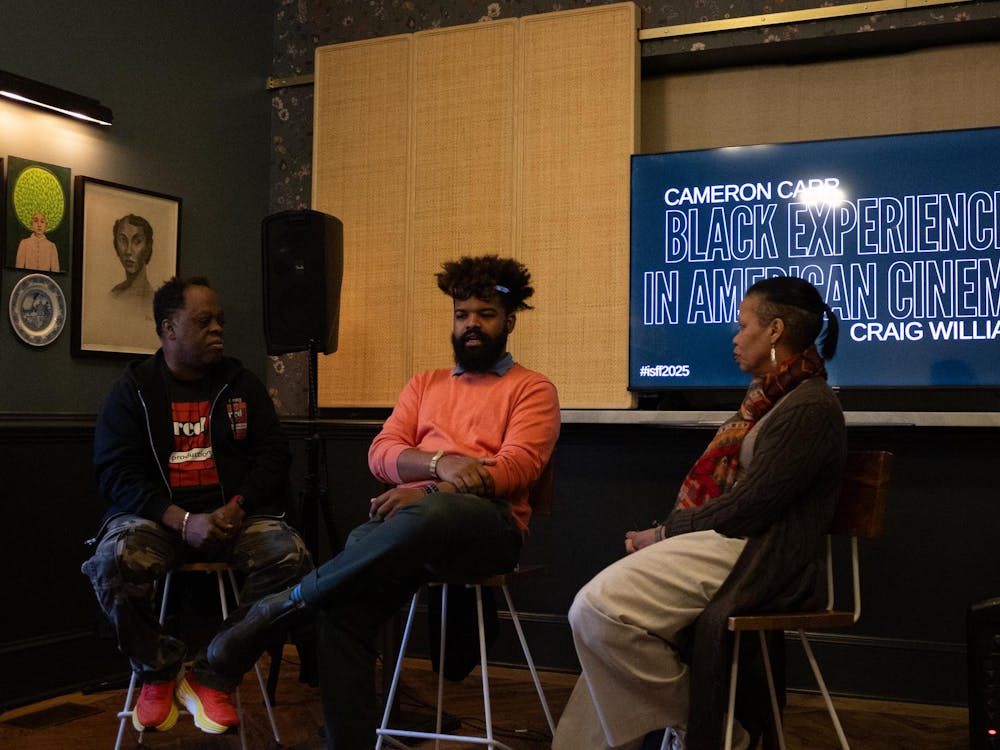Bojack Horseman, the animated star of the Netflix series that bears his name, has always been riddled with imperfections. The animated character has more in common with TV drama icons like Don Draper and Walter White than with his precursors in adult animation — Homer Simpson, Eric Cartman, Philip J. Fry. By bringing elements of prestige TV to a genre usually dominated by goofy, comedic characters, “Bojack” creator Raphael Bob-Waksberg has blended the existential and the silly to make something entirely unique. In the first part of the sixth and final season of “Bojack Horseman,” Bob-Waksberg and company continue to tell emotionally resonant stories centered around talking animals.
In the season five finale “The Stopped Show,” Bojack entered a rehab facility, an encouraging development for a character who often has no idea how to dig himself out of personal turmoil. By acknowledging the fact that he simply couldn’t go on living the way he had been, Bojack took a huge step in the right direction. In this season’s premiere, “A Horse Walks Into A Rehab,” he shows doubt and disdain for the rehab process before ultimately admitting to himself its necessity. This decision resonates throughout season six as he continues down the self-discovery rabbit hole.
But for much of season six’s first half, “Bojack Horseman” takes on the style of an anthology series, focusing on one character per episode. After the Bojack-dominated, “A Horse Walks Into A Rehab,” the next three episodes focus on Princess Carolyn, Diane Nguyen and Mr. Peanutbutter respectively, adding depth to each character in ways that wouldn’t be possible in a typical ensemble episode of “Bojack.” While this sometimes gives the season a disjointed feel, it also serves to make the few instances where the main characters interact all the more powerful — such as the conversation between Bojack and Diane where he gives her his blessing to move to Chicago, which comes after their separation ever since she dropped him off at the rehab clinic.
Such instances of character growth are rare for Bojack Horseman, but they may be getting ever so slightly more common. In the season premiere, Bojack helps a girl named Jameson escape from rehab, and even after she backstabs him, he tries to convince her father that she had pure intentions in breaking out. This isn’t necessarily a breakthrough, but it is an indication that Bojack has in fact become less selfish over the course of the last five seasons. Even though he continues to have occasional outbursts — such as a darkly comic scene where he performs an impromptu roast of his fellow rehab patients — there is a sense that Bojack is gradually dismantling the wall he’s erected between himself and everyone else.
Bojack’s past, as usual, is presented as an archive of horrors which bubble up to the surface from time to time, echoed by events in the present day. Throughout the first episode, Bojack’s memories seep into the plotline — the first scene takes place on the night of actress and daughter figure Sarah Lynn’s death from season three, and flashback scenes of Bojack feeling pressured to drink are interspersed with scenes from the present day. At the episode’s end, there’s a scene that shows the first time he ever took a drink — as a lonely little kid, abandoned by his mother and father who’ve passed out following a party. The feeling that all of this, Bojack’s entire life, was always going to play out this way is palpable. One gets the sense watching these flashbacks that Bob-Waksberg has a deterministic streak.
In another optimistic turn, Bojack seems to be learning from his past rather than letting it control him. A common motif in the first episode is Bojack being tempted to drink, but controls himself by seeing the stars from the planetarium where Sarah Lynn died in his vodka bottle and thinking better of it. It’s clear that her death informs many of his decisions in that episode, especially regarding Jameson, as he tries to be responsible for her in a way he wasn’t for Sarah Lynn. This half-season ends with a reminder that, despite his recent progress, Bojack has still caused a great deal of suffering for the people in his life. What remains to be seen in the season’s second half is whether he can keep that forward momentum going, or if he will once again fall prey to the demons of his past.







